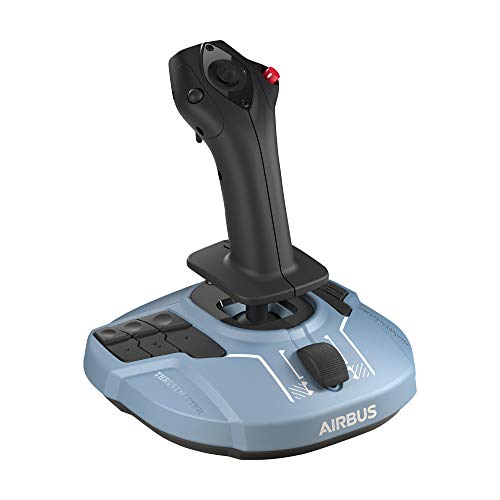

In its basic form a SAS cannot tell the difference between a pilot-induced disturbance through use of the controls, or a wind gust. SAS ultimately makes the helicopter less “twitchy.” These types of actuators tend to be fast-moving, and have limited authority.
#Types of flight control system series
SAS actuators are usually in series with the pilot’s controls, and typically don’t move them, so their motion is transparent. Just like a child on a swing who is pumping their legs out of sync with the pendulum motion, after a few moments the oscillation is brought to a stop. The job of the SAS is to provide short-term “rate damping.” Disturbances such as wind gusts are detected as roll, pitch, and yaw rates through the use of gyros, and the AFCS quickly commands an actuator to move a control surface to counter it. The outer loop deals with conditions external to the helicopter such as airspeed, altitude, and navigational information.īeginning at the innermost level of an AFCS, you will usually find a stability augmentation system, or SAS. The inner loop is primarily governed by sensors monitoring internal conditions directly related to the helicopter, such as roll, pitch, and yaw attitudes, rates, and accelerations. There is a usual hierarchy to any AFCS (see figure) and although the acronyms describing the different levels can vary, the hierarchy can be divided into an inner and outer loop. It can be considered the portion of the flight controls that are moved automatically by a device other than the pilot. The term “AFCS” covers a list of devices used in various ways to alter or improve aircraft stability and handling qualities, or to permit certain parts of a mission to be flown automatically.

This can make for a very tired pilot at the end of the day.Īs we gain skill and experience and move on to larger, more capable aircraft, we are rewarded with the addition of automatic flight control systems (AFCS) designed to lower workload by producing a more well-behaved flying machine. The green pilot must sense every rotation, translation, and acceleration and react accordingly to produce the desired flight condition.
#Types of flight control system drivers
Helicopter drivers usually start out their lives in very basic machines limited in power, and with no help when it comes to commanding the aircraft’s petulant tendencies.


 0 kommentar(er)
0 kommentar(er)
